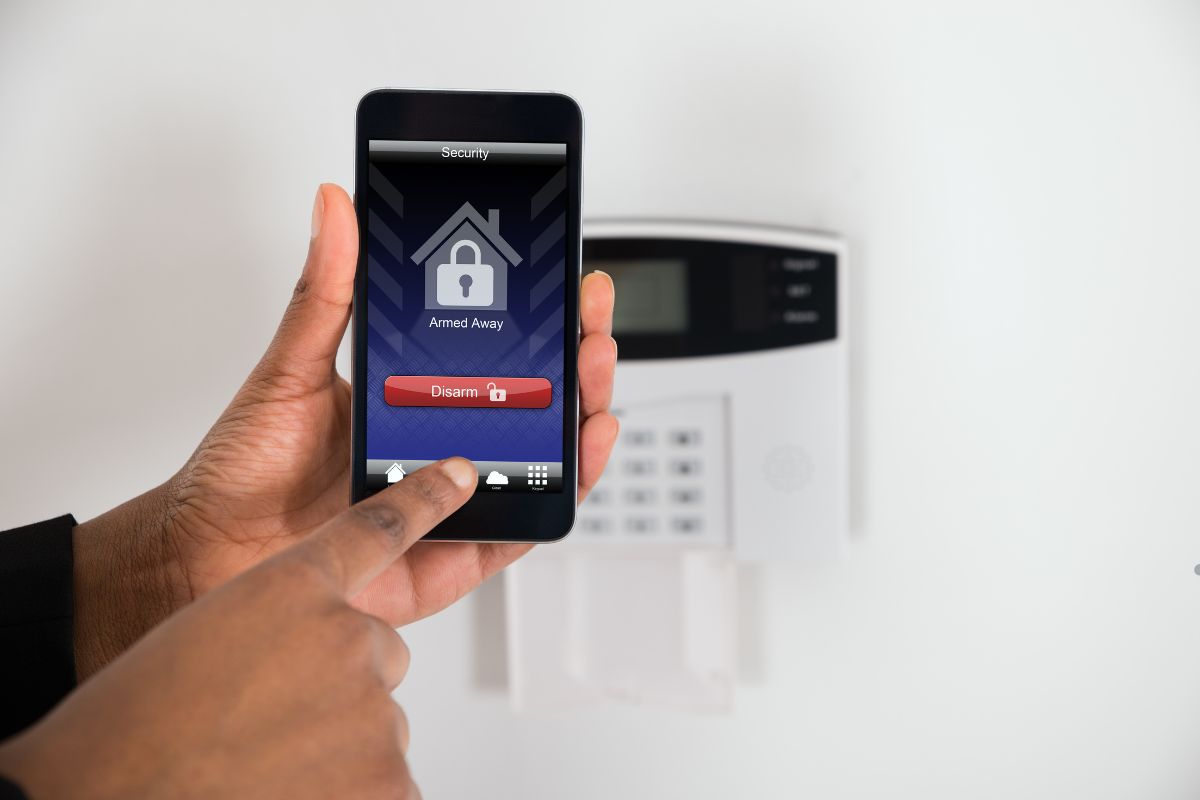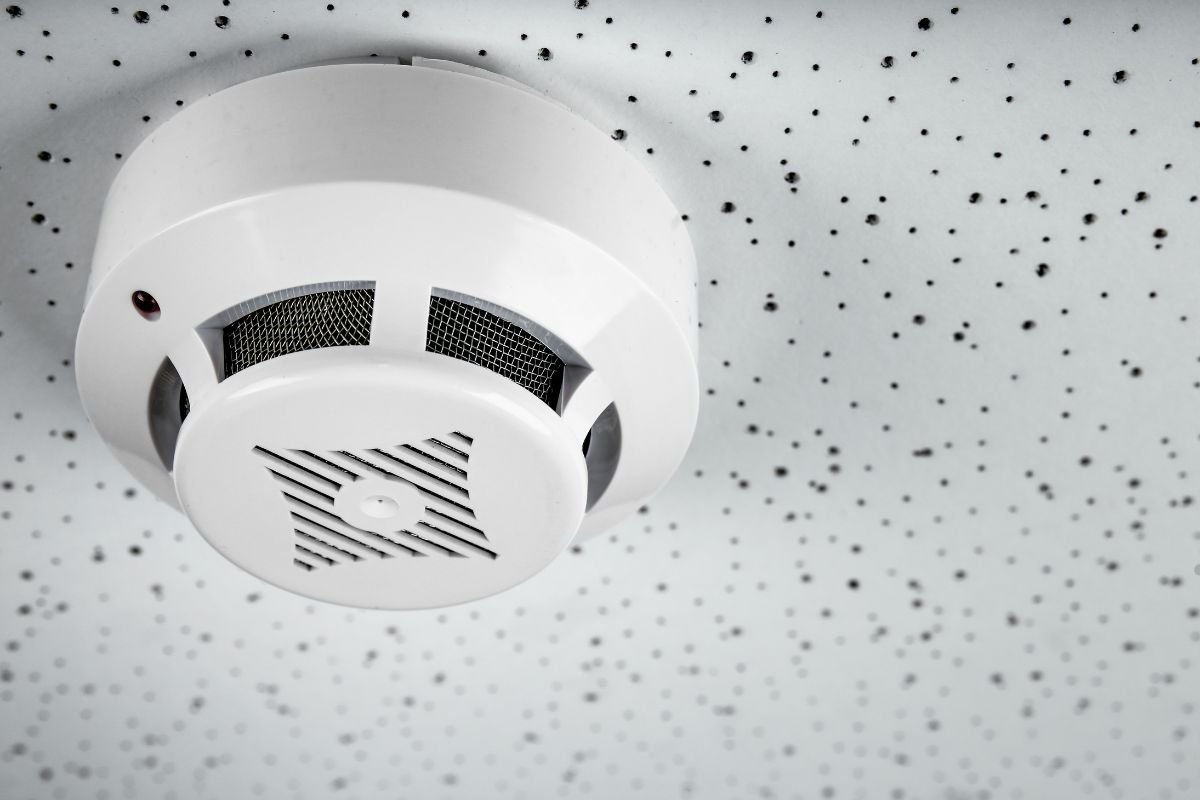
Why Install a House Alarm?

Protecting your home is a top priority, and a house alarm system provides a powerful deterrent against potential intruders. Installing an alarm increases your sense of safety, giving you and your family greater peace of mind whether you’re home or away. Moreover, a visible alarm system can deter burglars from even attempting a break-in. Knowing your home is monitored adds an extra layer of security and can potentially lower your home insurance premiums. Enhance your protection with home automation services for seamless security integration.
Planning & Preparation: Choosing the Right Alarm System
The first step is deciding which type of alarm system best suits your needs and budget. There are primarily two categories: wireless and wired systems.
- Wireless Systems: These are generally easier to install, as they don’t require running wires through walls. They communicate via radio frequency and are often powered by batteries. Consider a wireless alarm system for a simpler setup.
- Wired Systems: These offer a more reliable connection and are less susceptible to interference. However, installation can be more complex, requiring you to run wires to each sensor.
Another choice to consider is whether you want a DIY (Do-It-Yourself) system or a professionally monitored one. DIY systems are more affordable upfront, while professionally monitored systems provide 24/7 surveillance and immediate response in case of an emergency. Also, think about the location of your installation. The control panel will need to be in an easily accessible spot. Perhaps near the entrance, or somewhere out of sight. A professionally monitored system will provide peace of mind that someone is watching 24/7.
Ready for added peace of mind? Call us now for a free consultation and expert advice on choosing the right alarm system for your home!
Planning & Preparation: Gathering Your Tools & Materials
Once you’ve chosen your system, gather the necessary tools and materials. This will typically include:
- Drill
- Screwdriver (various sizes)
- Wire stripper (if installing a wired system)
- Measuring tape
- Pencil
- Safety glasses
- Ladder (if installing sensors in high places)
Make sure you have all the components included in your alarm system kit, such as the control panel, sensors, detectors, and siren. A security company in Marysville has all of these!
Planning & Preparation: Understanding Regulations (If Applicable)

Before you start installing, it’s wise to check if Marysville has any specific regulations regarding alarm systems. Some municipalities require permits for alarm installations, while others have noise ordinances related to alarm sirens. Check Marysville local government website to see current rules. Be aware of potential fees associated with false alarms. A little research upfront can save you headaches later.
Don’t navigate local regulations alone! Call us today for expert assistance with alarm system installation and compliance.
Installation: Installing the Control Panel
The control panel is the brain of your alarm system, so it’s crucial to install it correctly. Choose a location that is easily accessible but also relatively hidden from view. Follow the manufacturer’s instructions for mounting the panel securely to the wall. Ensure the location you’ve chosen has readily available power access. Be aware the placement of the device is important. This would be a good time to learn more about local businesses that can provide the tools and services!
Installation: Installing Door and Window Sensors
Door and window sensors are essential for detecting unauthorized entry. Mount the sensors according to the manufacturer’s instructions, ensuring that the sensor and its corresponding magnet are properly aligned. Use a level to ensure straight alignment. Most importantly, test your new alarm system and take photos. For additional door security services, explore our door security services.
Installation: Installing Motion Detectors
Motion detectors add another layer of security by detecting movement within your home. Place them in areas where intruders are likely to enter, such as hallways and living rooms. Avoid placing them near heat sources or windows, as this can trigger false alarms. Make sure that motion detectors are properly calibrated. This step can greatly prevent false alarms. Motion detectors should point towards points of entry to guarantee results.
Installation: Connecting the System
If you’re installing a wired system, carefully connect the wires according to the manufacturer’s wiring diagram. Ensure all connections are secure. If you’re installing a wireless system, follow the instructions for pairing the sensors and detectors with the control panel.
Wiring can be tricky! Contact us for safe and reliable alarm system connection.
Testing & Configuration: Testing the System
After installation, thoroughly test the system to ensure all components are working correctly. Trigger each sensor and detector to verify that the siren sounds and that the system communicates with the monitoring company.
